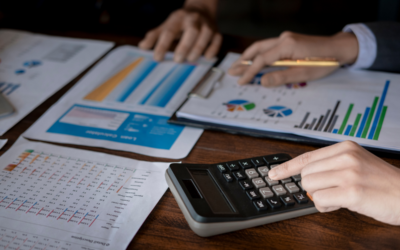Annual Property Tax as an Alternative to Stamp Duty in NSW
Last year, NSW announced important taxation changes by outlining a proposal to transition from the up-front payment of stamp duty to an annual property tax. The proposal is contained in the NSW State Government’s 2020-21 Budget and is subject to a public consultation process until 15 March 2021. The NSW Government will review the submissions and report its outcomes in mid-2021.
The Proposal
Under the proposal, purchasers will have a choice to “opt-in” to pay an annual property tax, or to pay up-front stamp duty plus any ongoing land tax, if applicable. As a result of the dual system, a purchaser will have to decide which tax system best suit their circumstances. Importantly, once a property has been opted-in to pay annual property tax, it will be subject to property tax for all future transactions.
Initially, purchase price thresholds will apply to limit the number of property eligible to transition (according to the NSW Government, approximately 80% of residential and 95% of commercial property could be eligible to opt-in). Properties above the price thresholds will still be subject to stamp duty during this initial stage. This is intended to minimise the impact on State revenue during the transition, whilst the State prepares to gradually include all property in NSW.
The proposal also ensures that protections apply so that property tax does not result in rent increases without a tenant’s agreement. A hardship scheme would recognise that taxpayers’ financial situations can change over time and ensure that no one facing hardship needs to sell their home to meet property tax liabilities.
The Consultation Paper outlining the proposal does not clarify how the property tax will apply (if at all) to foreign buyers and whether the existing surcharge purchase duty and surcharge land tax will continue to apply to foreign buyers, even if the property has already been ‘opted in’ to the property tax.
Proposed Property Rates
Under the proposal, residential owner-occupied and primary production properties will pay lower rates than residential investment properties, which in turn will pay lower rates than commercial properties. The following table extracted from the NSW Consultation Paper outlines the indicative property tax rates that could be used if the proposal is adopted.
| Property Type | Currently liable to stamp duty? |
Currently liable to land tax? |
Potential property tax rate |
| Owner-occupied residential property |
YES | NO | $500 plus 0.3% of any unimproved land value |
| Primary production land | YES | YES | $0 plus 0.3% of unimproved land value |
| Investment residential property | YES | NO | $1,500 plus 1% of unimproved land value |
| Commercial property | YES | YES | $0 plus 2.6% of unimproved land value |
What you should be considering
The proposal should be monitored to consider potential benefits and risks of both tax systems based on individual circumstances. For current transactions, particularly those involving development coupled with future land acquisitions, it will be important to appropriately plan for and deal with potential future law changes.
Even though large property developers may be excluded from ‘opting in’ to the property tax under the purchase price threshold, it is possible (subject to aggregation rules affecting the purchase price threshold) that some developers may still be able to separately acquire lots without paying upfront stamp duty.
Another aspect of the proposal that awaits clarification relates to the consequences of a land that has been ‘opted in’ to the property tax changing zoning or use, as such changes may affect the applicable tax rate of the property tax.
If you would like to discuss the content of this article, please contact Greg Lee on (02) 8235 1251.


